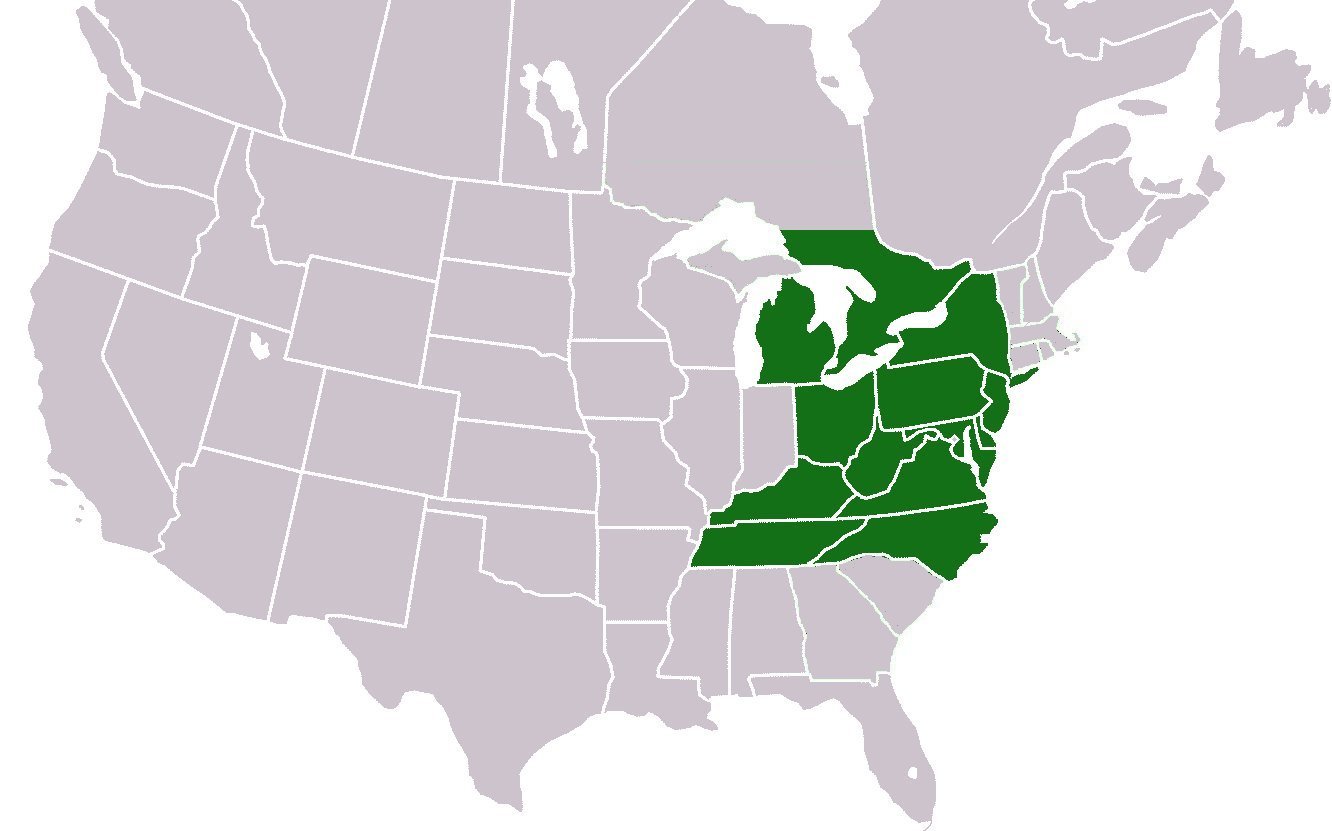- Psilocybe caerulipes
Taxobox
name = "Psilocybe caerulipes"
regnum = Fungi
divisio =Basidiomycota
classis =Agaricomycetes
ordo =Agaricales
familia =Strophariaceae
genus =Psilocybe
species = "P. caerulipes"
binomial = "Psilocybe caerulipes"
binomial_authority = Peck
synonyms = "Agaricus caerulipes"
range_
range_map_width = 240px
range_map_caption = Range of "Psilocybe caerulipes"mycomorphbox
name = Psilocybe caerulipes
whichGills = adnate
whichGills2 = sinuate
capShape = convex
capShape2 = plane
hymeniumType=gills
stipeCharacter=bare
ecologicalType=saprotrophic
sporePrintColor=purple-brown
howEdible=psychoactivePsilocybe caerulipes, also known as Blue-foot is a rare
psilocybin mushroom of theAgaricales family, in the section Semilanceatae, havingpsilocybin andpsilocin as main active compounds.Description
*Cap: 1 to 3.5 cm in diameter, Obtusely conic to convex, margin incurved at first, becoming broadly convex to plane or retaining a slight umbo, at times quite irregular, surface viscid when moist from a gelatinous pellicle, but soon becoming dry and shiny, translucent-striate, and decorated with fine fibrillose veil remnants near the margin, often with greenish stains near the margin or a greenish tinge overall. Cinnamon brown to dingy brown when fresh, hygrophanous and soon fading to dingy ochraceous buff to cinnamon buff. Flesh thin, pliant, bruising blue, sometimes slowly.
*Gills: Close to crowded, narrow with to sinuate to uncinate attachment. They are light brown at first, becoming rusty cinnamon as the spores mature, edges whitish and slightly fimbriate.
*Spores: Dark purple brown, ellipsoid, 7-10 µm by 4-5 µm from 4-spored basidia, thick walled, with a broad germ pore. Spores from 2-spored basidia are larger.
*Stipe: 3 to 6 cm long, 1.5 to 3 mm thick, tough, whitish to buff at first. Pallid to bluish when dried, becoming dingy brown towards the base with age, bruises blue, sometimes slowly. Surface powdered at the apex, and covered with whitish to grayish fibrils downwards. Flesh stuffed with a pith and solid at first but becoming tubular or hollow, lacks anannulus but sometimes remnants of the thin cortinate partial veil form a soon disappearing evanescent fibrillose annular zone in the superior region of the stem.
*Taste: Farinaceous.
*Odor: None to slightly farinaceous.
*Microscopic features: Basidia 2 and 4 spored. Pleurocystidia absent. Cheilocystidia 18-35 µm x 4.5-7.5 µm, langeniform, with a thin neck, sometimes forked, 1-2.5 µm broad at apices.Habitat and formation
"Psilocybe caerulipes" is found from late June through December, in deciduous forests on hardwood slash and debris, plant matter, on or about decaying hardwood logs, birch, beech and maple. From Maine to North Carolina, west to Michigan, has also been found as far north as Ontario Canada and as far south as Mexico. A delicate and small mushroom, it can grow on leave stems. It grows solitary or in small groups. It is often overlooked as just another little brown mushroom, although widely distributed, it is not found often. It is sometimes confused with the larger
Psilocybe ovoideocystidiata .
Wikimedia Foundation. 2010.
